In this section
Ocean Topics
- Climate & Weather
- How the Ocean Works
- Ocean & Human Lives
- Ocean Life
- Sustainable Ocean
- Ocean Tech
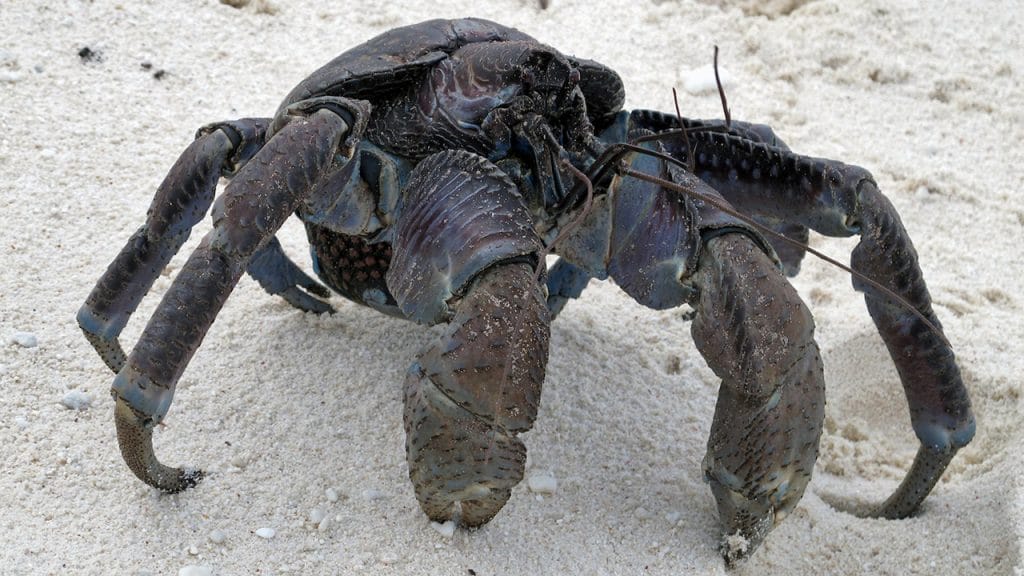
Coconut Crab on a sandy beach. (Photo by Konrad Hughen, Woods Hole Oceanographic Institution)
Shellfish-like scallops, oysters, mussels, and crabs-are essential to healthy ocean ecosystems and coastal economies. They filter water, support marine food webs, and provide livelihoods for thousands of people through fisheries and aquaculture. But shellfish face growing threats from climate change, pollution, and human activity.
Researchers are investigating how warmer, more acidic oceans affect shellfish health and survival. Invasive species and underwater construction noise may also disrupt their habitats or natural behaviors. At the same time, scientists are exploring how microplastics and bacteria like Vibrio parahaemolyticus-which can cause illness from eating raw shellfish-are impacting both shellfish and human health.
Using new technologies, such as genetic tools, imaging systems, and environmental monitoring, scientists are gaining a deeper understanding of how shellfish live, grow, and respond to changing conditions. This research helps inform efforts to protect wild populations, support sustainable farming, and ensure the long-term stability of coastal food systems.
All Topics on Shellfish
Vibrio parahaemolyticus
Vibrio p. is a salt-loving bacterium that causes GI illness from raw shellfish or seawater exposure—most often in summer.
Articles Related to Shellfish
From Oceanus Magazine
Puzzling over a mollusk mystery
Invasive tunicates have shellfish farmers crying “foul”
Microplastics in the Ocean – Separating Fact from Fiction
New Techniques Open Window into Anatomy of Mollusks
Do Microplastics in the Ocean Affect Scallops?
Junk Food
Crabs Swarm on the Seafloor
On the Trail of an Invader
News Releases
Flipping the “genetic paradox of invasions”
Study Shows that Lobsters Can Detect Sound
Warming oceans are getting louder
Feeling the Heat in the NW Atlantic
Swarming Red Crabs Documented on Video
News & Insights
Valentine’s Day Courtship Tips from the Ocean
Recognizing Massachusetts Right Whale Day
What happens to natural gas in the ocean?
WHOI working to address ocean acidification; protect region’s vital shellfish industry
Unicorns of the Arctic face a new potential threat
WHOI in the News
Invasive crab population keeps booming in Washington
Maine’s having a lobster boom. A bust may be coming.
‘The Blob’: Low-oxygen water killing lobsters, fish in Cape Cod Bay.
145 invasive European green crabs caught in Drayton Harbor
Snapping Shrimp Pump Up the Volume in Warmer Water
Cracking the secret of green crabs
Animal Sex: How Lobsters Do It
Features
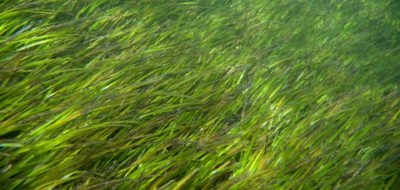
Seagrass meadows are plants adapted to live a completely submerged life in the salty shallows.
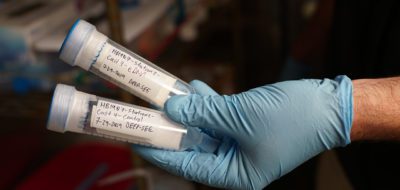
Environmental DNA (eDNA) is essentially DNA collected from the environment. As animals swim through the ocean, they're constantly releasing DNA…
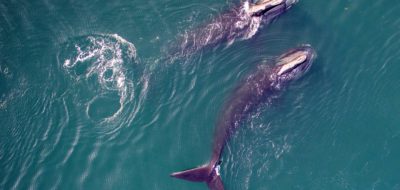
Northern right whales are large baleen whales known for their distinctive callosities and slow-moving nature. Read our FAQ about this…

Seabirds have adapted to life in an ocean environment. There are many species of seabirds, and they vary greatly in…
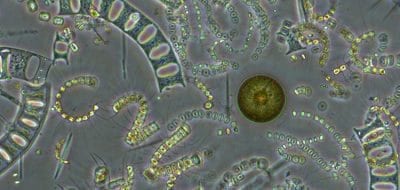
Ocean plants are critical to marine life—they are an important food source, they provide oxygen to surrounding marine life, and…

Benthic animals live on the sea floor and are typically invertebrates, such as sea anemones, sponges, corals, sea stars, sea…
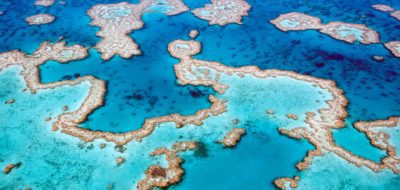
A healthy reef protects coastlines from wave damage, plays a critical role in providing food, boosts the economy, and provides…

Stressors can affect organisms living on the reef or they can affect the corals, themselves. When corals die, other organisms…

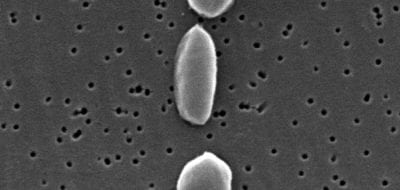
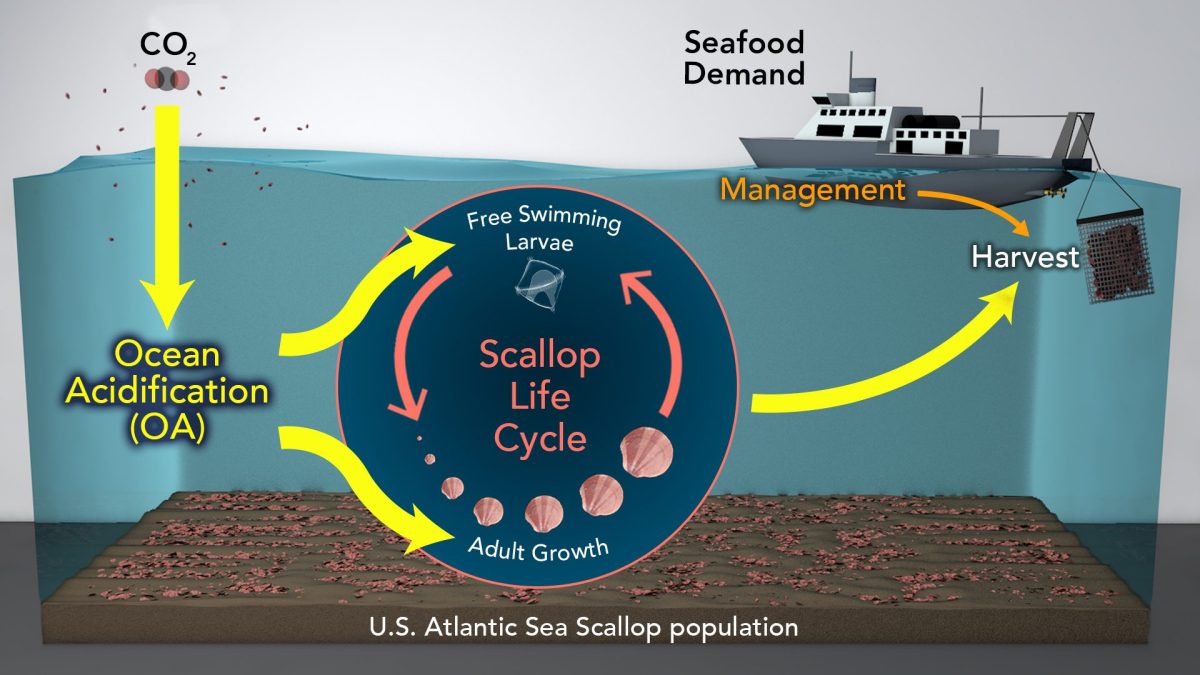
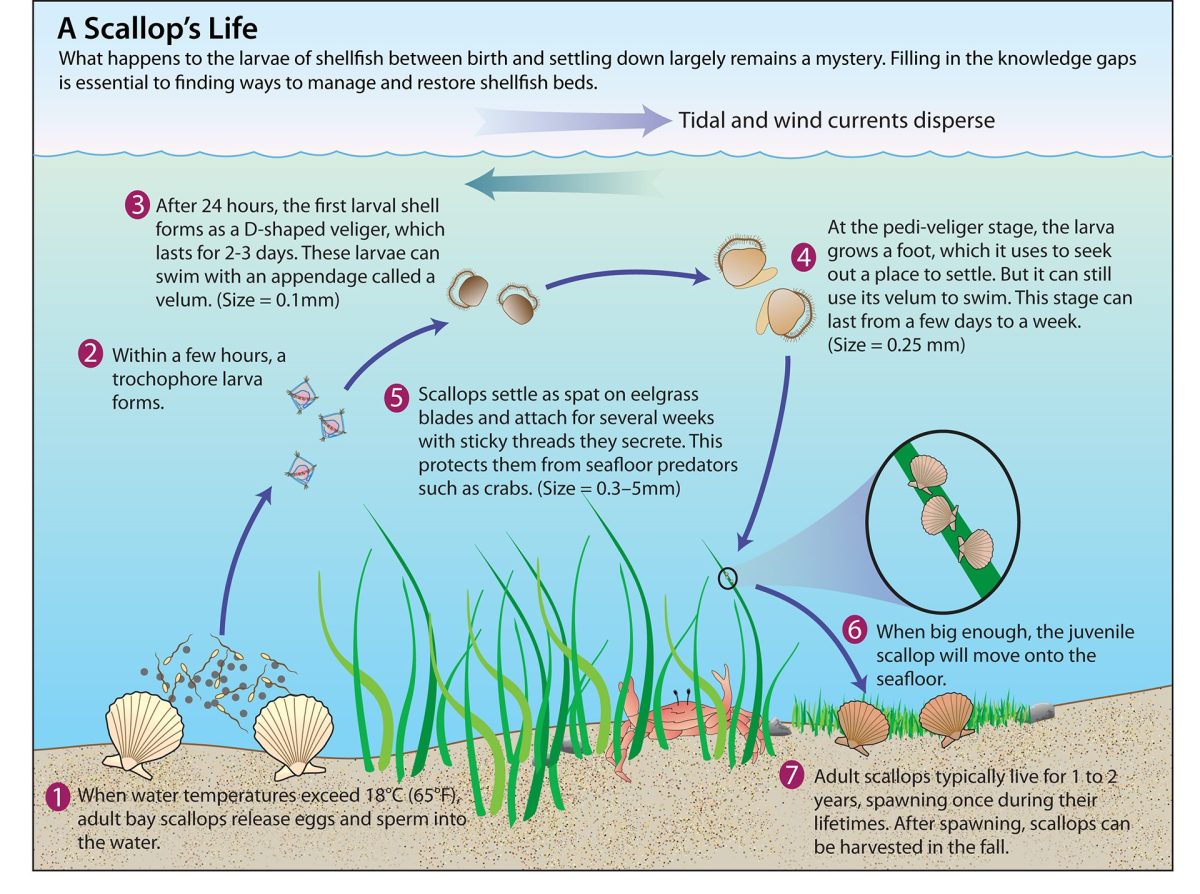
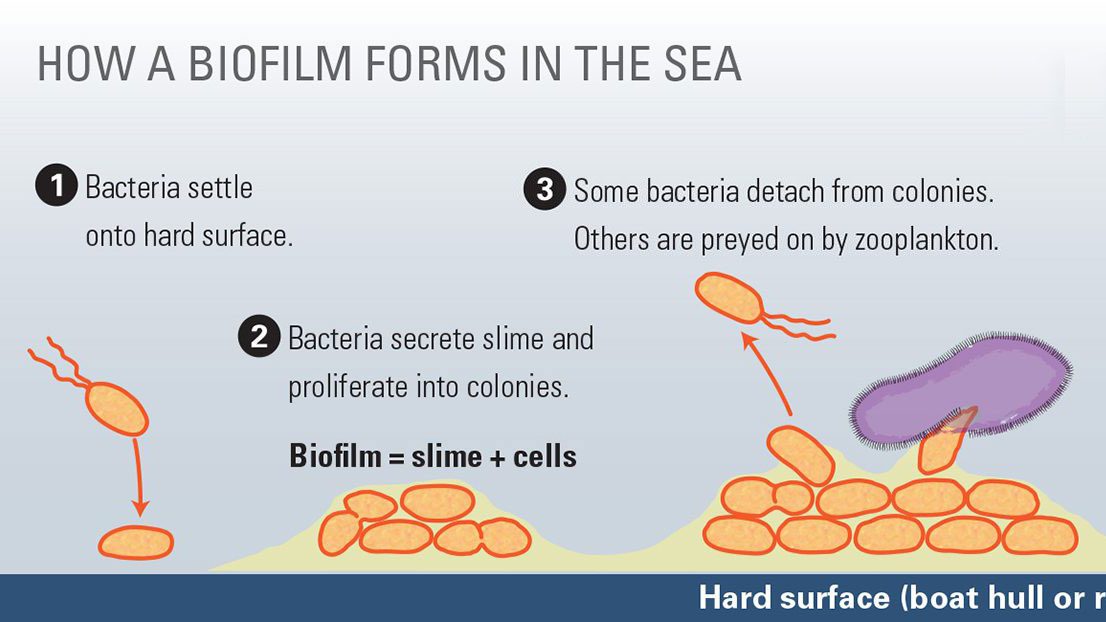
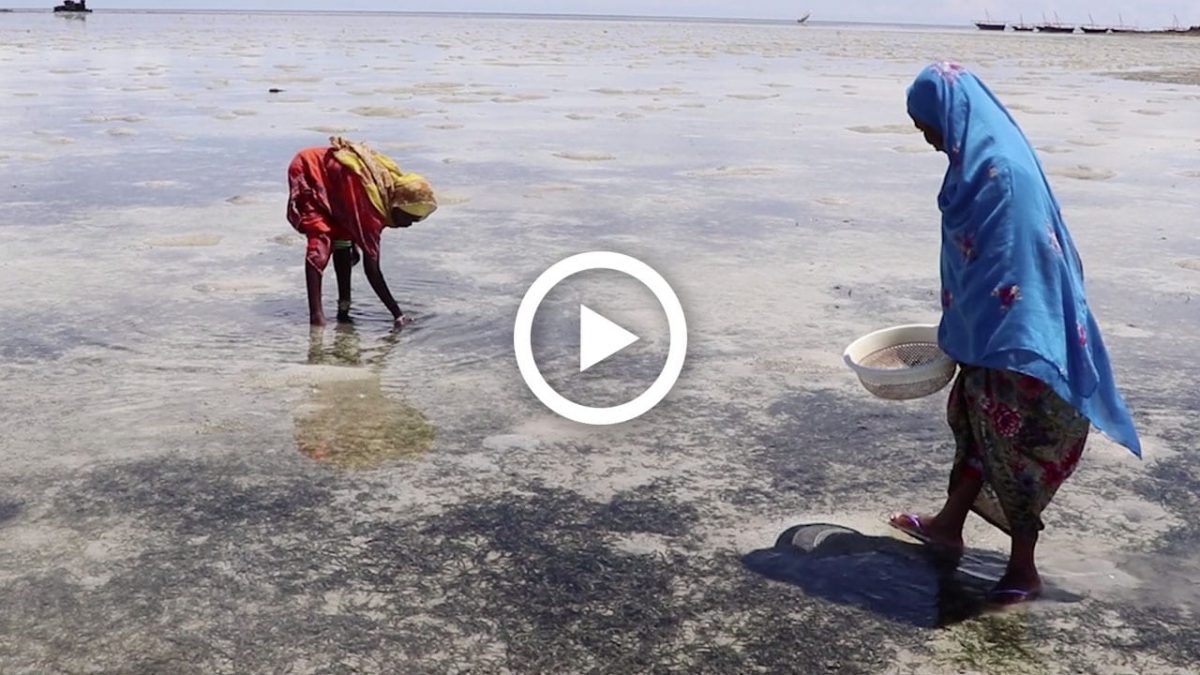
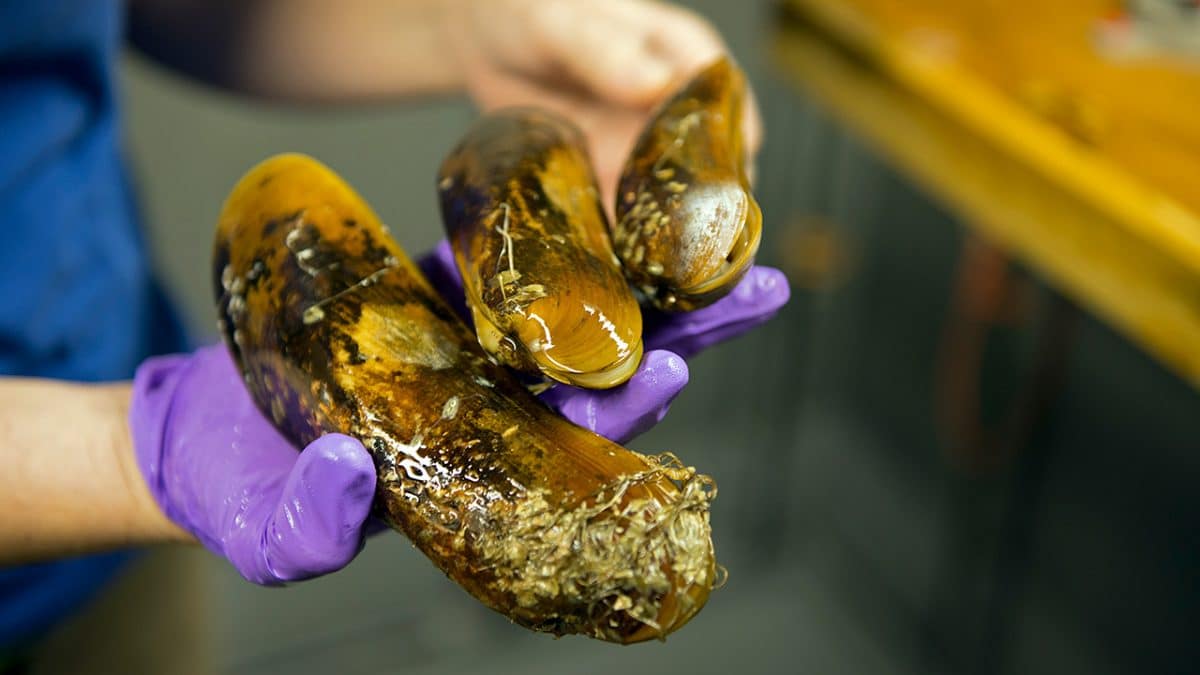
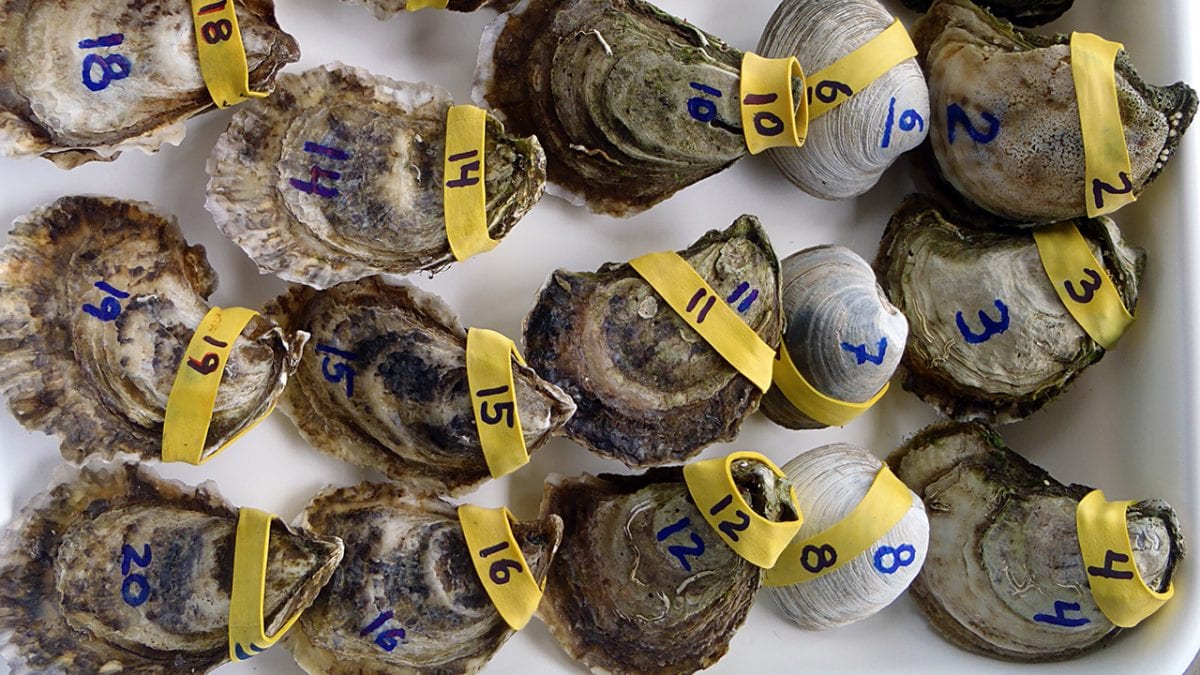
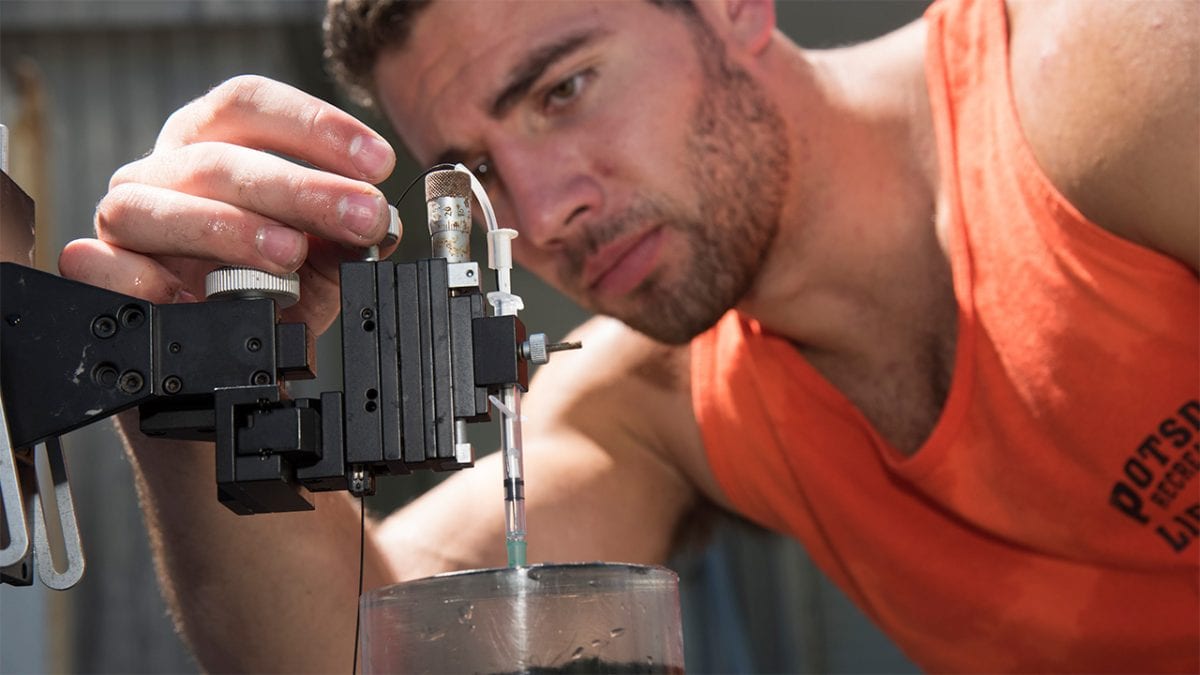
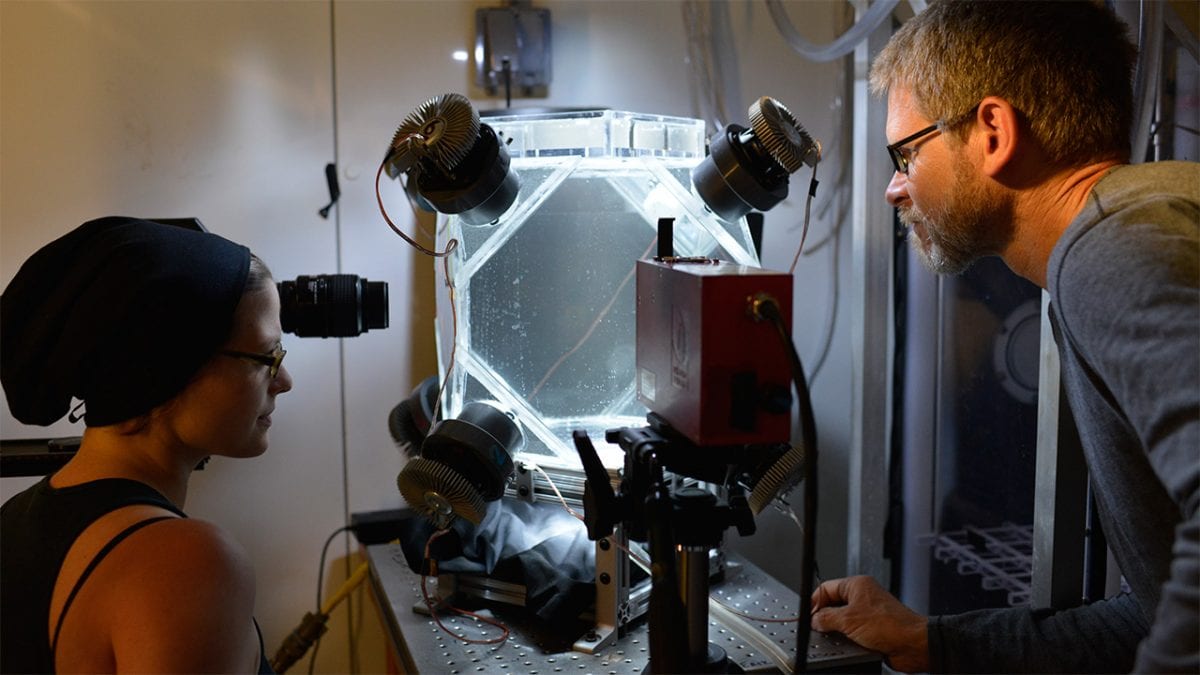
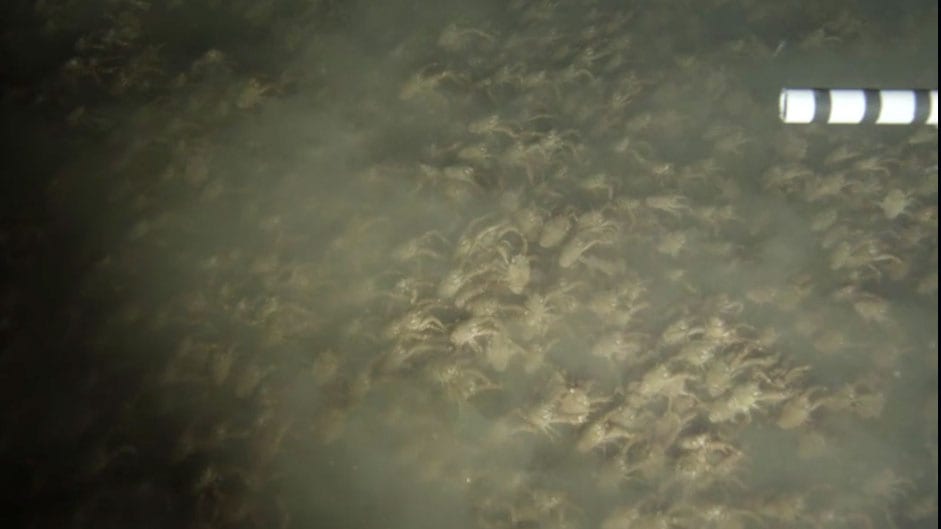
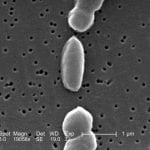 Vibrio parahaemolyticus
Vibrio parahaemolyticus